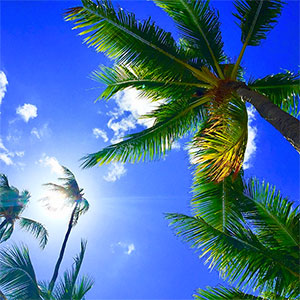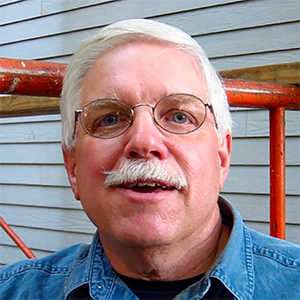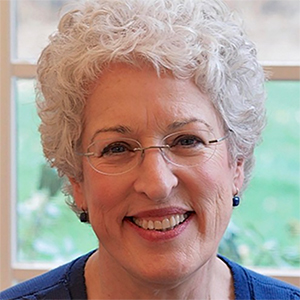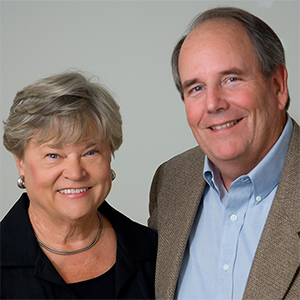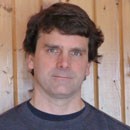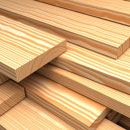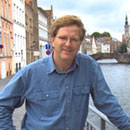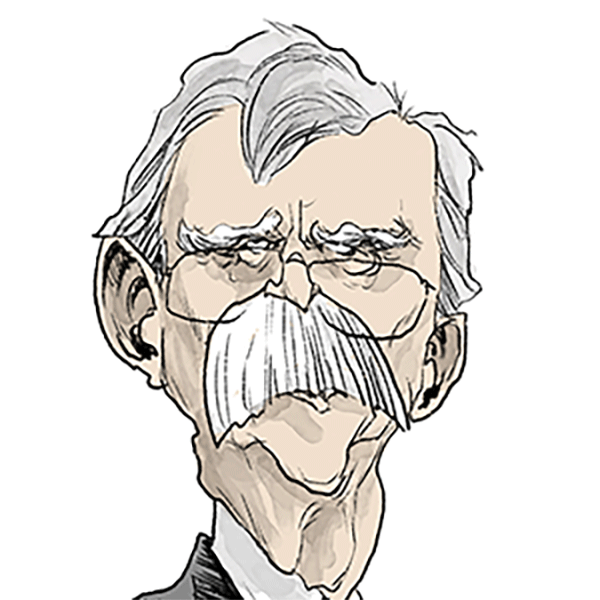Home & Leisure
/ArcaMax
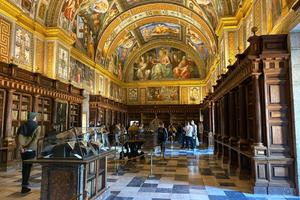
Beyond Central Madrid: Culture-Rich Day Trips in the Spanish Countryside
Madrid's city center offers opportunities to study famous artworks by Goya, Velazquez and El Greco at the Prado Museum; stroll the landscaped lawns in beautiful Retiro Park; and climb the grand staircase to luxurious halls and the Royal Collections Gallery in the Royal Palace. But even more awaits just outside the city's epicenter. Easy day ...Read more
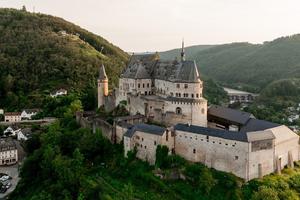
Fall in Love With Luxembourg
Luxembourg doesn't exactly roll off the lips when Americans are planning a trip to Europe. But this much overlooked tiny gem of a country -- just shy of only 100 square miles -- offers an array of historical castles, wine caves, museums and more must-see sites that will have you falling in love with Luxembourg and yearning to return.
I'm biased...Read more
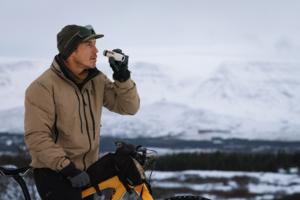
Gifts Globetrotters Really Want From Santa
How many times have you read a travel gift guide only to find the same old neck pillows, luggage tags and noise-canceling headphones? Yes, those are solid choices, but if you want to gift the frequent travelers in your life something more unique that they'll really appreciate, you have to think outside the suitcase.
Here are gifts I'd love ...Read more
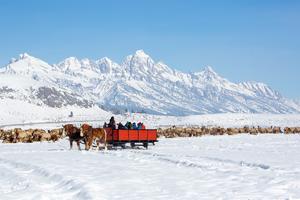
Family Adventures: A Winter Wildlife Safari
It is thrilling to see a 40-foot whale surface inches from your boat; scores of alligators sunning on logs; hundreds of eagles, wings outstretched, diving for salmon; and thousands of elk roaming in a snowy valley. Take advantage of the winter months to go on a wildlife safari to Mexico, Georgia, Idaho or Wyoming. Whether you prefer temperate or...Read more

Luggage Gifts Travelers Will Love
A lot of travelers hold onto luggage they love, even when it's scuffed, tattered and sometimes torn. I've held my breath, hoping my luggage holds out as it tumbles onto the baggage carousel, zipper straining and ready to burst into an airport spectacle of scattered clothing.
Then there was the full-blown suitcase blowout after my overpacked bag...Read more

Farms and Ranches Offer an Alternative to City Travel
Bobby Chase and Sarah Butler were excited when their parents told them they were each going on a family vacation to a working farm. They looked forward to sharing stories about their experiences when they returned home. Much to their surprise, however, their accounts had little in common.
The Chases visited the Dogwood Hills Guest Farm in ...Read more
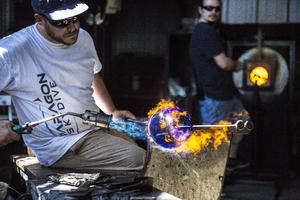
St. Petersburg, Florida: An Art Scene Emerges in the Sunshine
Go ahead. Burrow your toes in the powdery sand. Pedal around the clean, palm-tree-edged streets. Slice across the gulf in a boat or kayak, or maybe just relish the 361 days of sunshine.
But when in St. Petersburg -- the one in Florida, not Russia -- a city surrounded by 244 miles of shoreline, the smaller sibling of nearby Tampa -- keep in mind...Read more
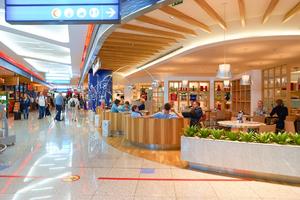
Airport Dining Has Gone Upscale
Some diners are savoring tasty cured meats, cheese boards and other gourmet treats that provide a flavorful European flair. Others chow down at food prepared by a chef whose cooking has earned him a Michelin star, a stint on the "Top Chef Masters" TV show and seven James Beard Awards.
If these descriptions conjure up images of white-tablecloth ...Read more

Travel Insurance Can Save the Day
It happened again. The night before a long-planned family trip for 10 people to Turks and Caicos to celebrate my milestone birthday, we had to cancel the vacation. My 11-month-old granddaughter came down with a virus and a 103 F fever. Months earlier we had evacuated Duck, North Carolina, four days into a weeklong holiday as Hurricane Erin ...Read more

Companies Help Disabled Travelers Have a Great Trip
Mary Thompson is enjoying her tour of Sicily, which includes a cooking class in Palermo, wine-tasting in Marsala and a stop at the magnificent Piazza Duomo square in Catania. Bill and Betty Condon are equally pleased with their cruise along the Mississippi River, with daily shore excursions to explore towns and other attractions along the way.
...Read more
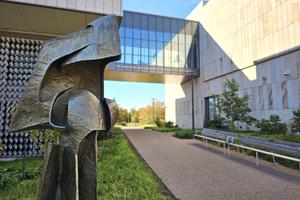
Happy Valley and Penn State Offer a Traveler Much to Do
During the Great Depression era of the 1930s, people in a compact region of Pennsylvania managed to avoid the worst of the hard times. They occupied a canyon that separates the Appalachian Plateau from the ridge of the Appalachian Mountains. It's an area of rugged foothills, limestone valleys and dense forests.
The primary reason why this ...Read more
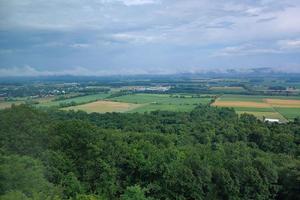
Happy Valley, Pennsylvania, Lives Up to Its Name
There is so much going on at the First Annual Maker Faire at Axemann Brewery in Bellefonte, Pennsylvania, covering multiple zones and floors, that it's easy to get distracted from discovering all there is there to do and see. It's a science fair, craft show and entertainment venue all rolled into one, where makers and creators of -- well, just ...Read more

Some Timely Destinations for Shoppers
For some people travel offers opportunities to ski, sample local cuisine or sunbathe on soft sand beaches. Others prefer to partake in another "S" word: shopping. That can include purchasing gifts for family and friends, stocking up for the holidays, buying souvenirs or bargain-hunting. Whatever the reason, going on a buying binge can add fun, ...Read more
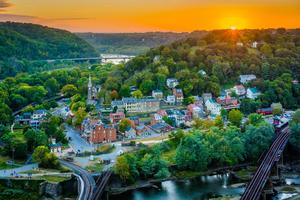
Small Towns With Big Histories
California is remembered for the gold rush that attracted fortune-seekers in the mid-1800s. New Orleans is famous for its touches of French-inspired architecture and culture. Gettysburg, Pennsylvania, is renowned as the site of a bloody battle in 1863 between Union and Confederate troops that changed the course of the Civil War.
These and other...Read more
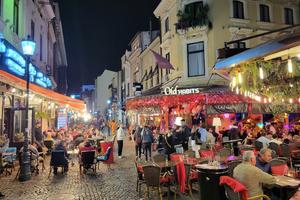
Bucharest: A City Built on Resilience
At the heart of Bucharest lies Kilometrul Zero, a compass-rose monument outside New St. George Church. Its bronze arcs point toward Romania's historic provinces -- Transylvania, Wallachia, Moldova and beyond -- reminding travelers that this is not just a city but the center of a story much larger than itself. We began our own journey there, ...Read more
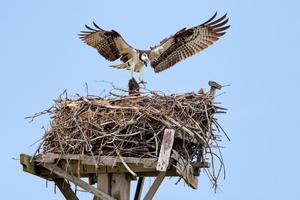
Wildlife Comes to Town
When Dan and Betty Everett's children said they would like to see animals, their parents knew exactly what to do. They had recently taken their youngsters to the zoo in Indianapolis, where the family was visiting, and wished to give them a different experience. Soon every member of the family was thrilled as they watched several deer grazing on ...Read more
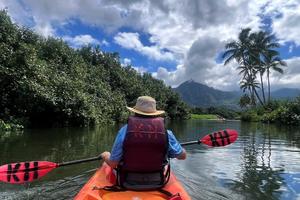
Exploring the Na Pali Coast Is Bucket-List Worthy
Between the airport at Lihue and the end of the coast road on the North Shore of Kaua'i, the landscape is decidedly modern. Isolated beaches are surrounded by lines of traffic, manicured golf-courses, bustling shopping centers, palatial resorts and tourist-oriented businesses of every kind.
Thankfully, when the road comes to its end at Polihale...Read more
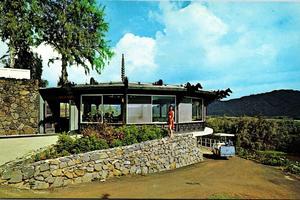
A Trek Through the Kaua'i Jungle Yields Hidden Treasures
Were it not for my lack of a machete and a coiled whip, I might have been mistaken for Indiana Jones. There I was in the midst of the steaming jungle surrounded by crumbling walls caught in the grip of a thousand snaking vines.
Where was I, the depths of the Yucatan Peninsula? How could this be the north coast of Kaua'i? What could have caused ...Read more
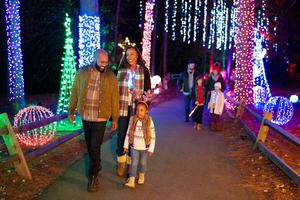
Holiday Dazzle: Resorts Delight With Christmas Lights and Entertainment
What's better than seeing a brilliant light display for the Christmas holidays? Experiencing the dazzle over and over again by staying at a decked-out resort. That way you and your family can spend the weekend -- or longer -- delighted by millions of glittering lights and engaging entertainment. At select properties across the country, you can ...Read more
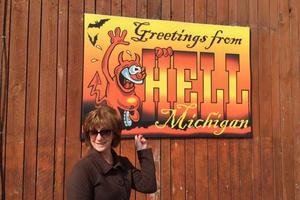
Unusual Signs Lure Curious Travelers
In the 1830s a pair of German travelers visiting the United States alighted one morning from a stagecoach at a tiny community in Michigan and blinked in the hot sun, and one remarked to the other, "So schon hell" (So already bright). Locals with a sense of humor who overheard the comment immediately decided to call their then unnamed town Hell. ...Read more
